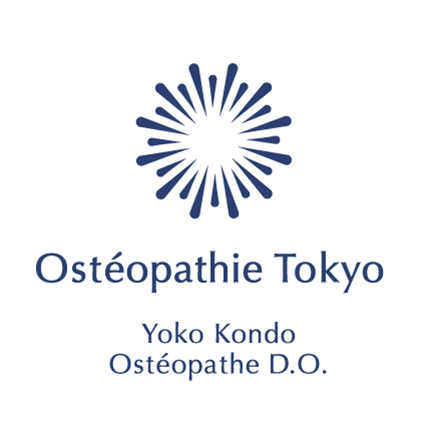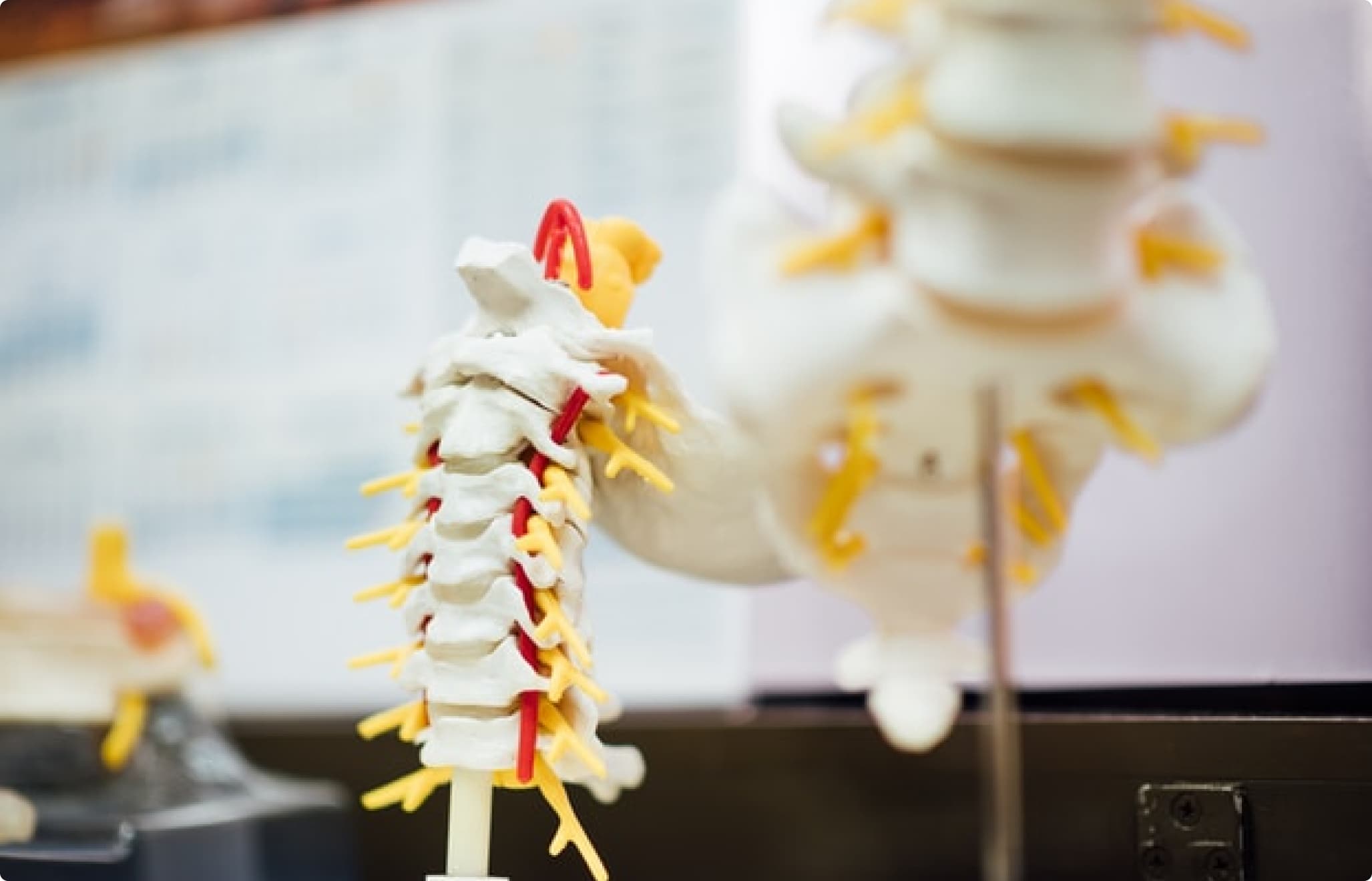
-

MENU
- Home
- Osteopathy
- Effects of Osteopathy
- Fees
- Consultation
- Profile
- Access・Contact
LANGUAGE

Globality is the one of osteopathy’s major principles: the osteopath takes care of the entire person.
The consultation proceeds according to this principle.
The consultation begins with an anamnesis (an exploratory interview) to understand your motives for consulting, history, lifestyle, rhythm of life etc. Generally, there are strong relationships among these elements.
For example, it is frequently observed that traumatisms having occurred even decades ago can cause pain in areas unrelated to the initial injury.
In addition, environmental circumstances can raise stress levels that provoke illnesses.
Physical condition varies according to a multitude of factors such as heredity, constitution, physical or psychological traumatisms, former surgery, current or past illness and treatments, daily habits, stress, postural issues, repetitive movements, nutrition, sleep patterns, sports activity, etc.
The osteopath takes all these factors into consideration during consultation.
This exploration reveals how osteopathy takes care of the person, the body, in its globality. It not only focuses on the physical problems at hand, but also treats the body by situating it in a personal environment that reflects contexts such as, historical, social, psychological, familial…
Human health is inextricably associated with the harmonious equilibrium of the entire body, soul, spirit, mentality and emotions.
In other words, the body correlates with non-corporeal elements to constitute health. The osteopath takes these factors into account to treat the entire individual.

The human body functions through the interconnections of various systems (nervous, digestive, endocrine systems, etc.) These systems form complex relationships.
As a result of these internal relationships, the source of suffering and the actual location of pain are often found in different zones. This illustrates why it is important to treat the body with a global approach.

Which internal relationships could provoke lower back pain ?
mechanical elements, such as bones, joints, muscles, tendons, fascias or ligaments, etc.
the following are examples of anatomical components that could cause lumbar pain:
organs (digestive, urological, genital, etc.), nervous system, vascular system, squeletal muscles of the pelvis, spinal column, upper and lower limbs, shoulders, thorax, skull…, dura mater (the outer layer of the meninges: a long layer of membrane extending from the skull and the length of spinal cord, to a portion of the pelvis), etc..
Initially, we take into account all the possible sources of the problem.
Subsequently, we can narrow in on causes extrapolated from the analysis of results of the anamnesis, palpation tests, and the understanding of internal links in the human organism.
As a consequence, this procedure allows for the development of an effective and precise treatment.